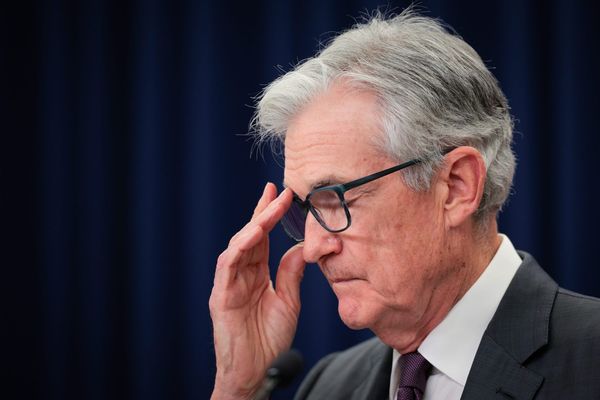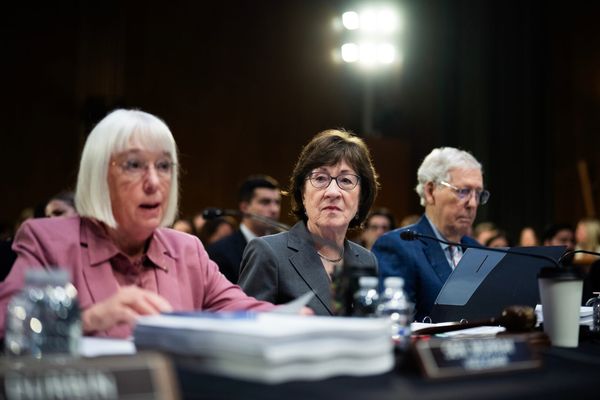
Bet Matthews set off on a trip of salvation from Queensland to Victoria last year, to visit her sister and ex-husband who had both been diagnosed with cancer. She was there to assist with whatever they needed, but in the end it was she who needed the help.
The 73-year-old has diabetes and constant high blood pressure was causing her to have dizzy spells throughout the driving trip. In Cobar in western New South Wales, she couldn’t go on.
After multiple visits to the local GP, her husband took her to the Cobar hospital for more specialised treatment. Unbeknown to her, the doctor she was about to see was nearly 14,000km away.
“I was having a telehealth consult, because there was no hospital doctor and no doctor that could come to the hospital,” Matthews says.
“I asked, ‘where are you from?’ and he said: ‘I’m in Canada’.”
Over the course of her week-long stay, Bet had three consultations with the doctor, who conducted the appointments via telehealth with the assistance of nursing staff at the hospital.
“He was a nice chap, but it was really strange sitting up in your hospital bed and having the nurses wheel the TV monitor into your room, and then the doctor was there,” Matthews says.
The doctor Matthews saw is one of four Australian-trained medical practitioners living overseas who regularly treat rural and regional patients in the Western New South Wales local health district via telehealth, as part of a program known as the virtual rural generalist service.
The virtual service is made up of a pool of 25 Australian-trained doctors, based both locally and internationally, with specialised GP experience in rural and regional communities. They provide consultations using video conferencing around the clock and have the power to assess patients and admit them to the local health facility or transfer them to a larger centre if necessary.
Dr Shannon Nott, the district’s rural director of medical services, says the service has been a “real backbone” for regional and remote communities, particularly during Covid border closures.
“It was really tough for us to get workforce into some of those communities,” Nott says.
“The particular benefit of having doctors based overseas is the time difference, so for night shifts instead of having an Australian doctor on Australian time, tired and being woken in the middle of the night, we’ve got doctors that are overseas that do the Australian night shift only.”
The service started in February 2020 and builds on a telephone support service that has been operating in the health district for more than 10 years. All doctors involved have committed to doing 25% of their shifts in person in a region; so far there have been 800 days of face-to-face contact.
There are 35 rural and remote communities in the district, outside Bathurst, Orange and Dubbo; so far 20 hospitals use the service regularly, after hours or when there is a gap in staffing.
“In the last year, the vast majority of the contracts for our rural and remote doctors in western New South Wales have been reliant on this service supporting people after hours,” Nott says.
Richard Colbran, the chief executive officer of the NSW Rural Doctors Network, says specialised GPs, or rural generalists as they are known, are “not distributed well” and there needs to be trialling of measures to break the distribution issues.
“If you are able to build a workforce approach that chases the sun – so you’ve got people who are refreshed, who are working during the day, they are appropriately skilled and trained – why in the digital era do they need to be in the local environment, or the state or even the same country?” Colbran says.
Currently there is a shortage of rural generalists in Australia, the NSW Rural Doctors Network saying the number has more than halved in the last 10 years.
Nott recognises that people don’t want to do what doctors did 30 years ago, where they worked 24/7 and felt the weight of the community.
“There is no silver bullet in regard to fixing the challenges of the rural and remote medical workforce,” Nott says.
“We acknowledge that rural communities want local doctors, so this is very much the aim, to support a workforce and to continue to recruit and retain doctors on the frontline.”







